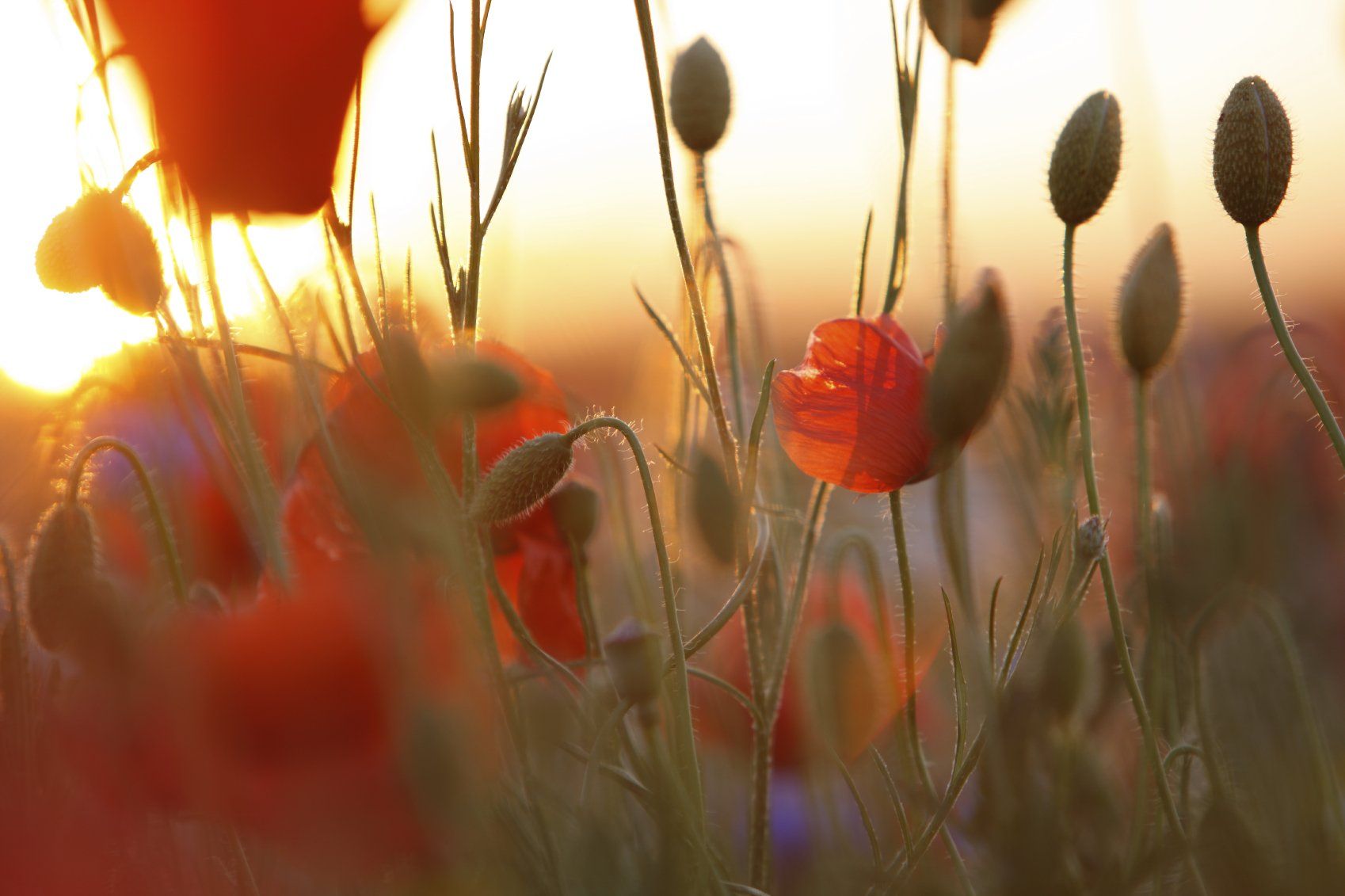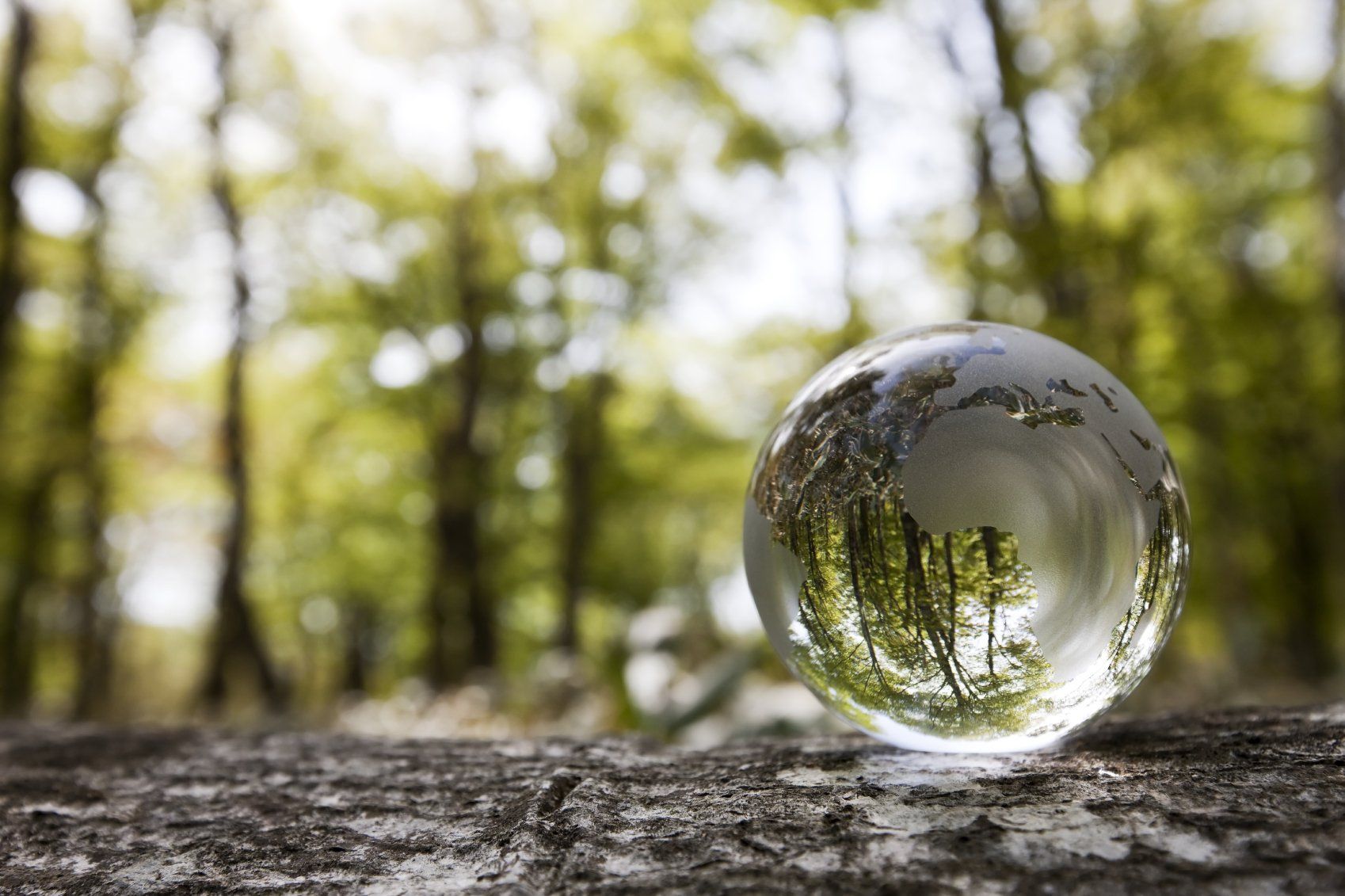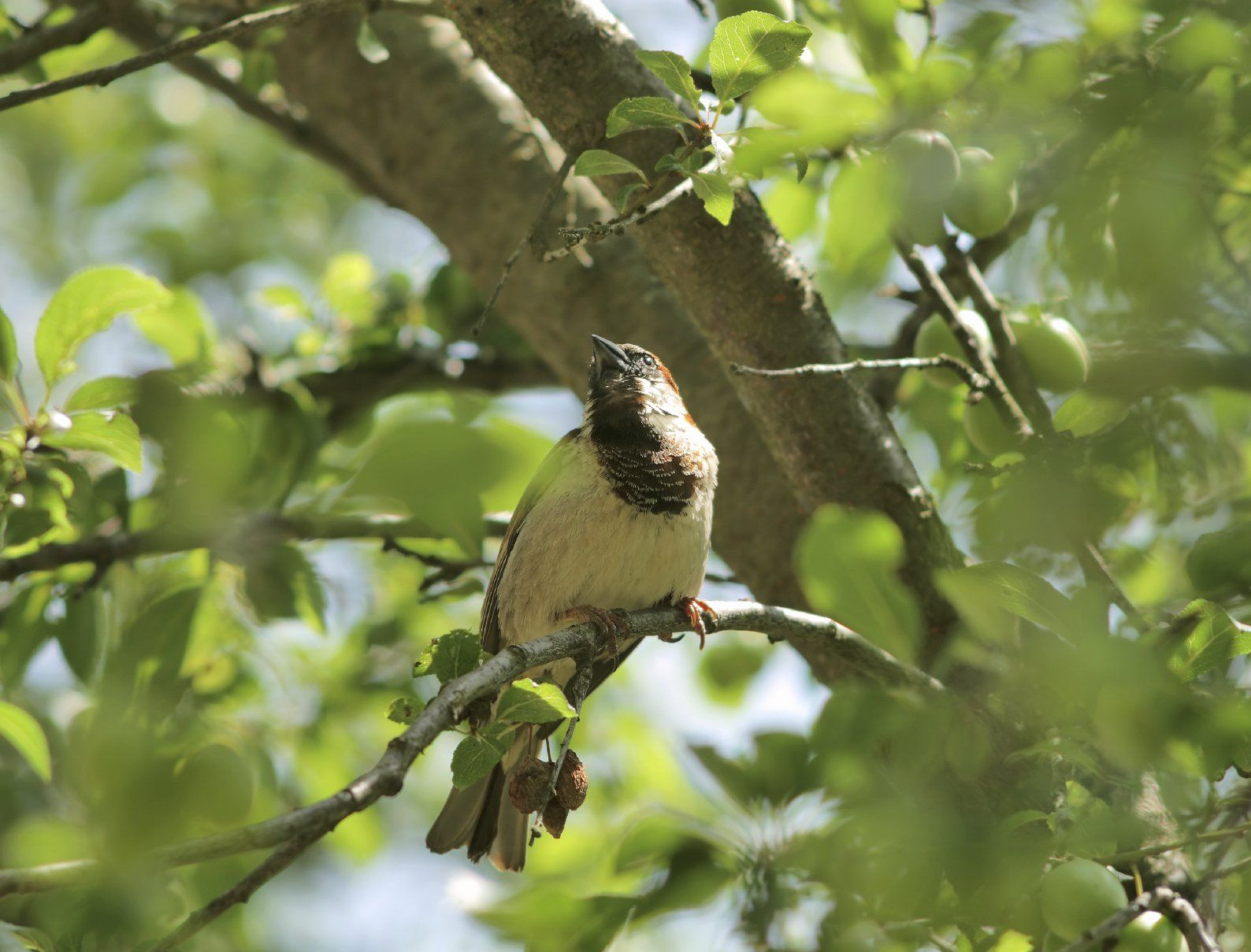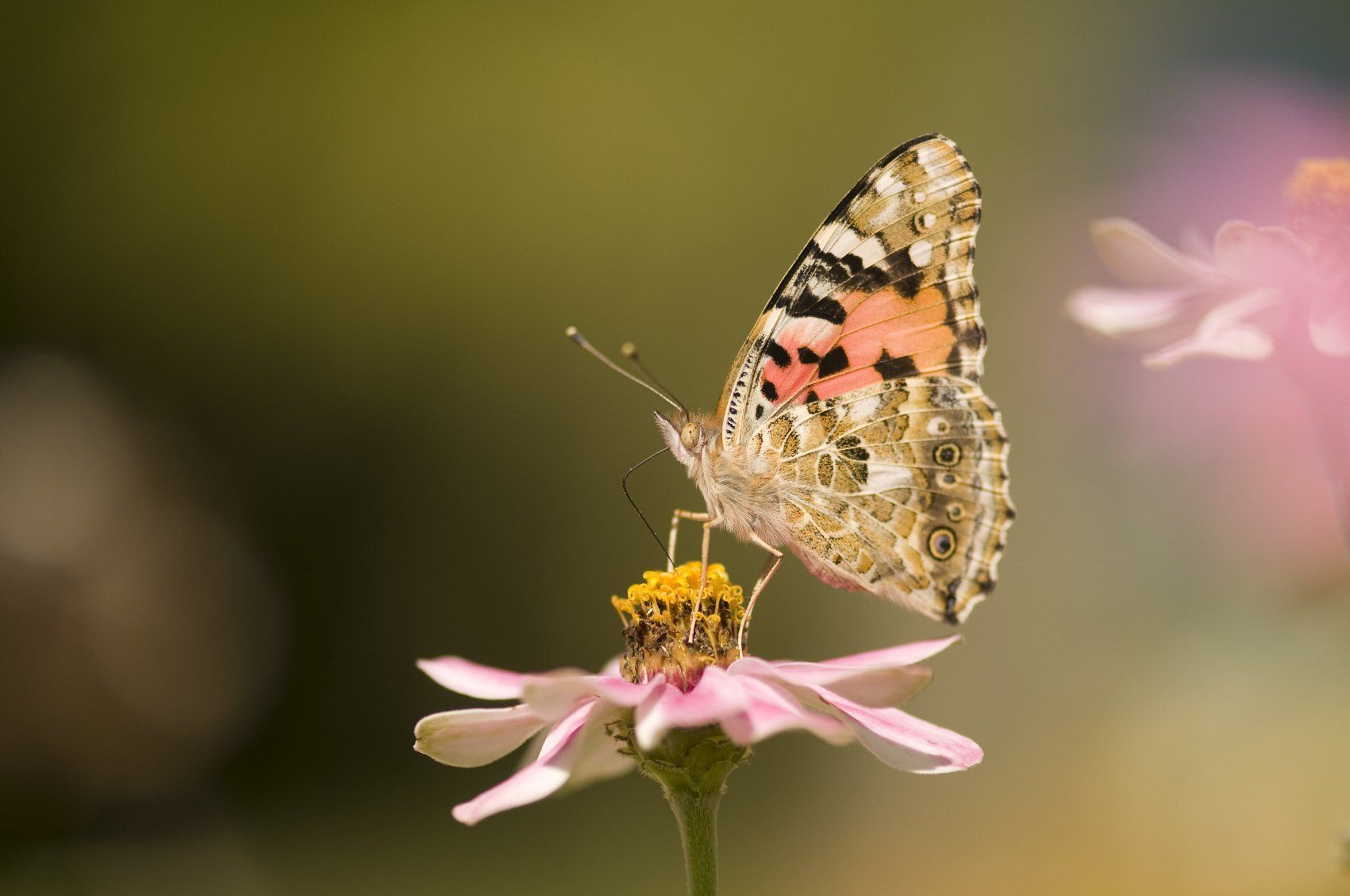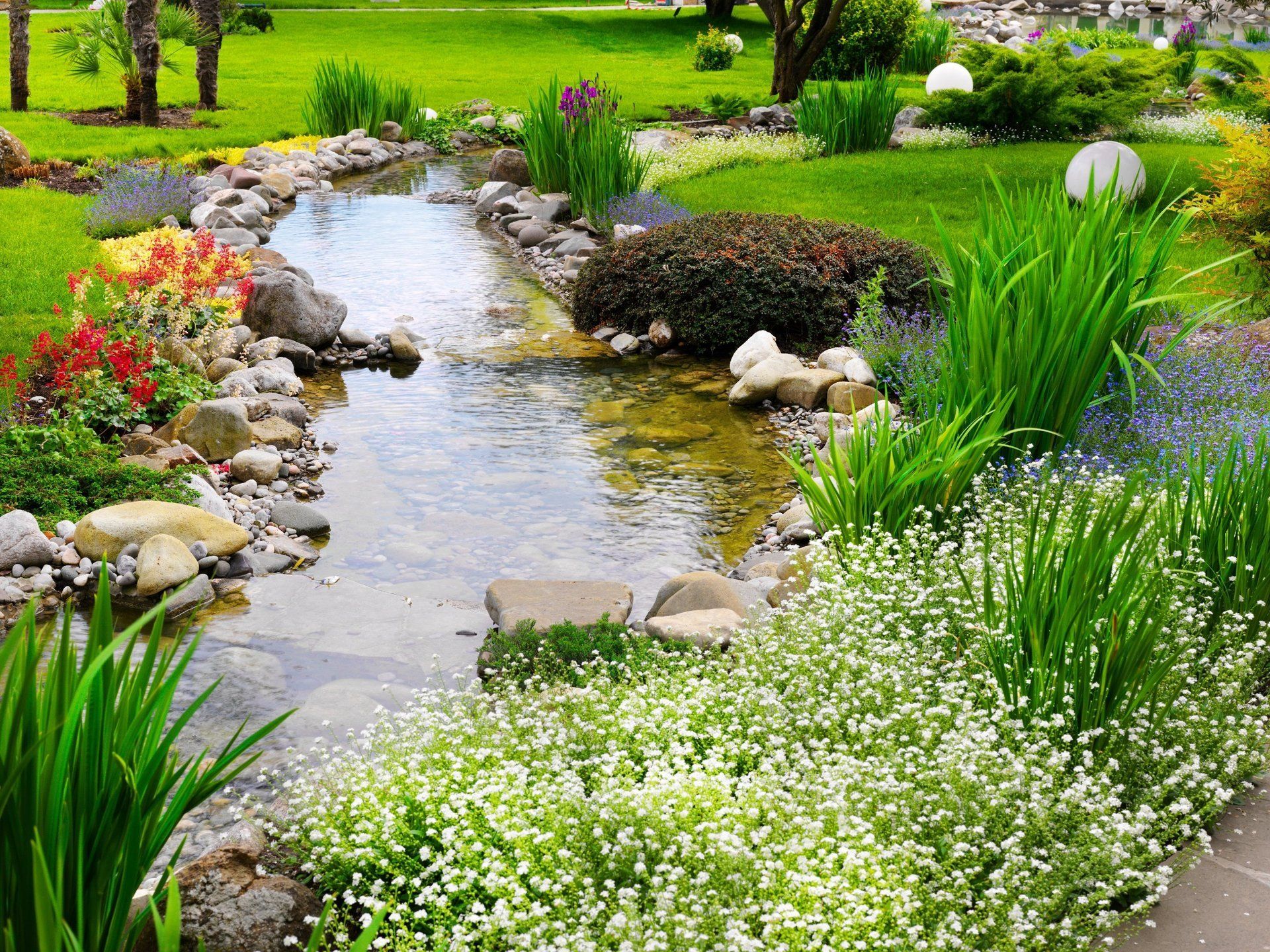Like us on Facebook!

Saneka's Legacy OUR MISSION
Who We Are
We love what we do and it shows. Saneka's Legacy Corp is dedicated to bringing life back to degraded landscapes, bringing once lost ecosystems back to native wildlife, and improving species populations by restoring, reviving, and conserving habitat. Most importantly we want to spread awareness to the communities on how to best enjoy what nature has to offer without impacting and changing the diverse ecosystem's to fit our recreational needs.
Every ecosystem is unique and comes with its own challenges. That’s why we are dedicated to educating the public on why each unique habitat is important and worth preserving. Whether it’s a small creek or vast forest, each serves a purpose and each can be enjoyed without damaging the fragile communities they hold.
Our Mobile Education Center is
Under Construction
We are so EXCITED to share that thanks to the support and donation from Surfing's Evolution & Preservation Foundation we have been able to purchase what will soon be our mobile education center. We will use this center for outreach, events, and to store supplies/haul items for our habitat restorations.
Our Approach
Our top educational programs
| Food Chain | Sea Turtles | Pollution | Snakes of Florida | Bee conscience |
|---|---|---|---|---|
| Insects! | Red tide | Shorebirds | Pelicans | Sand dunes and their vegetation |
| Walking on history | Life Box | Ocean Habitats | Recycling | Monarchs |
| What's Wild | Animal Tracks | Which Niche | Natural working relationships | Invasives! |


